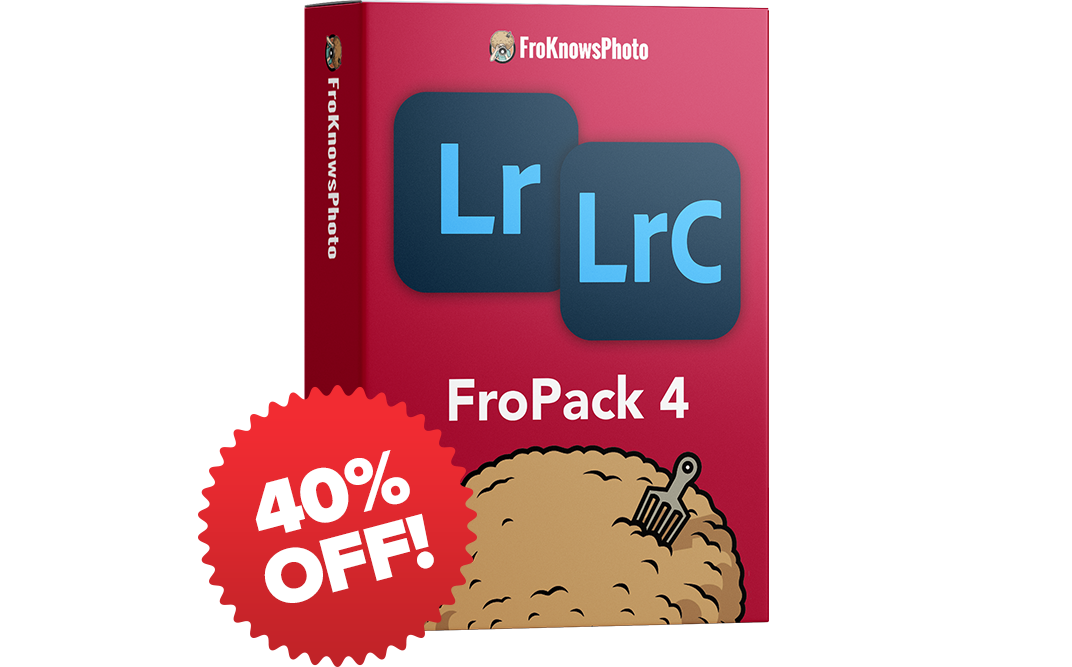Exclusive Email Bonus Content - Selecting the right Focus Mode
Thank you for clicking over from the email to get this exclusive content that will not be available to the public until a later date.
This is not camera specific so it doesn’t matter if you have a Canon, Nikon, Sony, Pentax, Olympus or any other camera that I may not have mentioned. It is all about the basic of which focus mode to select and for what application.
Lets first look at the modes that your cameras may have. Most cameras have three main modes, you have “Continues” “Single” and “Manual”. Some newer DSLRS even have something called “Auto” not to be confused with Autofocus.
Now lets define each and get into more detail as well.
Continuous – When you press the shutter button half way down your camera will never lock the focus. It will keep focusing and refocusing as long as your finger is pressed halfway down. I will get into focus tracking and point selection in a future post.
You would use this mode primary for moving subjects such as shooting sports where you want to “track” your subjects movement. Being that the subjects are moving you will want the focus to follow the subject as they move from one point to the next in your frame.
What you have to be carful about when shooting in continuos is your focus missing the desired subject because your focus point has shifted or just flat out missed. I know this is a little hard to understand without actually showing you but you want to make sure that your focus points follow your subjects.
Each DSLR is set up differently to handle focus slip or how long focus stays on a subject if another object moves in the way of where you are focusing. I suggest checking out the manual for your camera to see which custom setting is best for you.
Single Focus – When you press the shutter speed half way down and your focus locks onto a subject the focus will not move if you move or the subject moves. It is now locked in place right where you focused. This mode is best for subjects that are not moving or will not be moving.
Lets take a portrait session for example. You have a model you are photographing who is sitting on a model stool and is not moving at all, where should you lock the focus? You want to most likely lock the focus right on the subjects eye. The reason we focus on the eye and not anywhere else is if the eye is out of focus and the nose is in focus it pretty much renders the picture useless.
This is a quick tip which I will make a video on is if you lock your focus and you or the subject moves you will have to re focus. The reason you will have to re focus is the subject or you have moved meaning that where the camera locked its focus no longer has the same focal plane. You will need to re focus and re lock in to get tack sharp focus.
Another quick tip is locking your focus and than recomposing the frame. When you are doing this you lock your focus where you want it than move the camera to the desired composition than take the picture. You will want to make sure that you do not move to far off your original focus plane to maintain proper focus.
Manual Focus – In manual focus pressing the shutter button half way down will not do anything, it is your job to manually turn the focus ring until your subject is in focus. This of course is much harder as you get into moving subjects.
A Auto Focus – In some of the newer DSLRS they have this A Auto Focus which means that the camera will determine the proper focus mode for you based on the Auto mode you have set in your camera.
For example if you select the “Portrait” mode on the dial it will revert to “single” focus where as if you selected the “sports” mode it would revert to “continuos”. For me letting the camera select the focus mode is not ideal. I want to have control over something as important as focus. There are times where portraits would need to be “continuos” and sports need to be “single”.
I would recommend never letting the camera select the focus mode for you as you will be able to determine which focus mode is best for what you are shooting. Secondly during a photo shoot you will be able to switch modes on the fly allowing you to get the desired focus mode when you want it. It pretty much comes down to getting out of the auto modes and pre sets around the dial.
This is just a taste of information on focusing. I will continue this article in detail and it will probably end up in one of my future ebooks.


